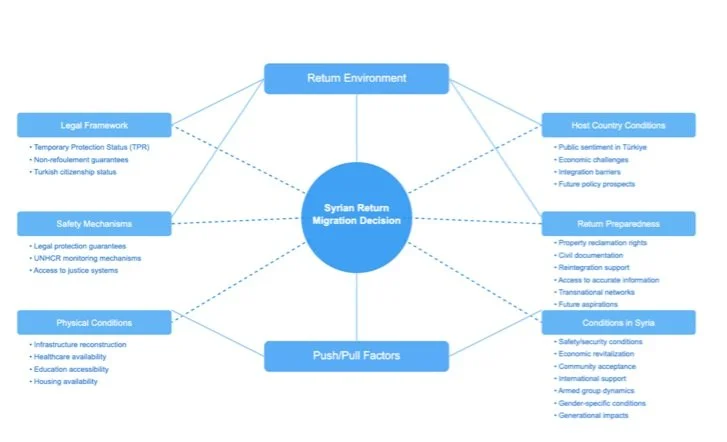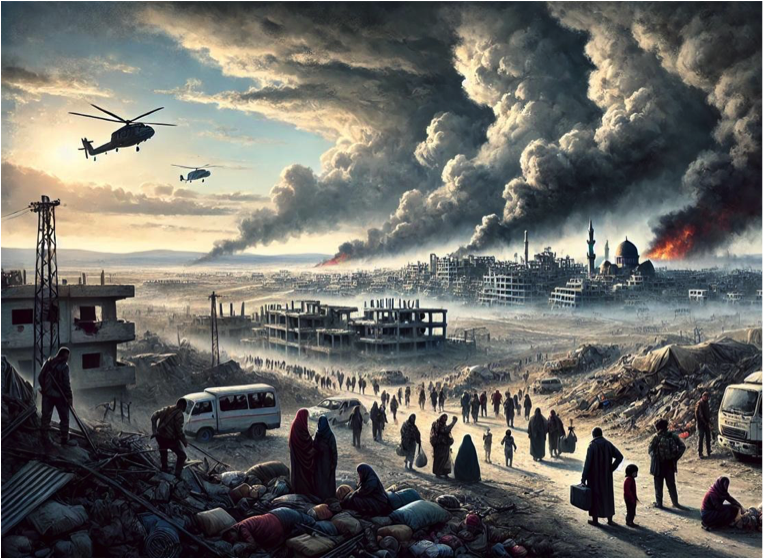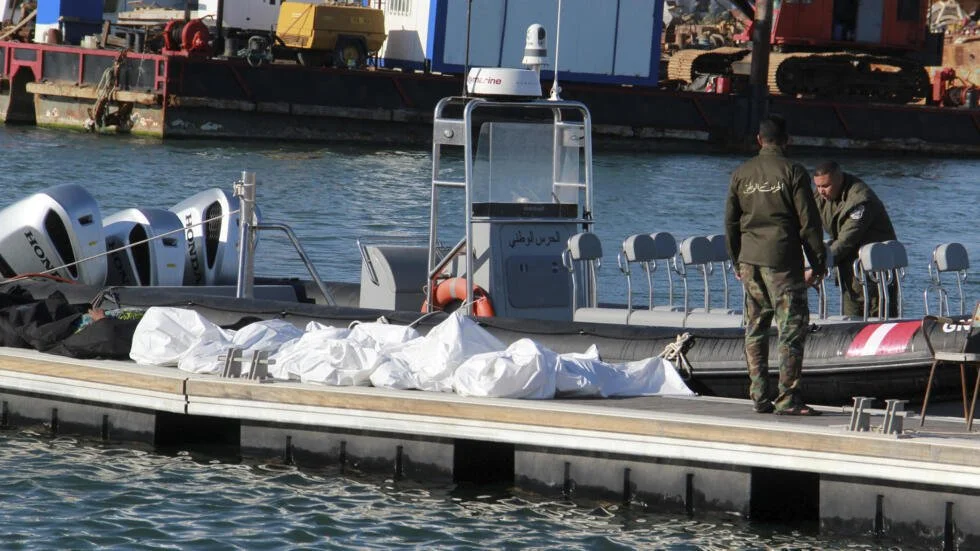As the Jordanian government was devising strategies and policies to address the Syrian refugee crisis and repatriate nearly 1.3 million Syrian refugees, the fall of Bashar al-Assad’s regime on December 8, 2024, and the opposition’s takeover of power was a “new opportunity” to radically and completely reconsider its strategy towards Syrian refugees, especially since this crisis represents a major challenge for a small country where 31% of its population of 11 million people hold “refugee status,” most of whom are Palestinians and Syrians. The main question is: will the transformation in Jordan's northern neighbor really contribute to the voluntary and substantial return of refugees or will the refugees hesitate between staying in their host country…
Read MoreOn December 8, 2024, Syria witnessed a transformative moment when armed rebels, predominantly led by ’Hay’at Tahrir al-Sham (HTS), gained control of Damascus, leading to President Bashar al-Assad’s departure from the country. This development, marking the end of a 14-year civil war, has created a complex mixture of hope and uncertainty among Syrian refugees, including the 2.9 million living under temporary protection in Türkiye. While the political transition suggests possibilities for a return, the reality on the ground reveals a more nuanced situation where security concerns…
Read MoreIn the context of return migration from Greece, whether considered through the legal and institutional framework or the research on the ‘Return Migration Infrastructures’, the issue of regularity versus irregularity is inescapable. Irregularity has become a central concept in dominant public discourses about migration, often defined in opposition to regularity—or, more specifically, legality. By equating irregularity with illegality, this binary logic is used to stigmatize migrants as ‘threats’ to national and EU social and political structures. This oversimplification, however, neglects the complex ways in which irregularity is not simply a status but a process shaped by…
Read MoreIsrael’s recent escalation in Lebanon, including the reported assassination of top Hezbollah leaders such as Hassan Nasrallah, is not just another chapter in the region’s long history of conflict—it is a direct attack on the very fabric of Lebanese sovereignty and a further destabilization of an already fragile region. The assassination signals Israel's ongoing tactic of dismantling political movements that resist its occupation and expansionist policies, disregarding…
Read MoreThe Central Mediterranean route connects Libya and Tunisia with Italy and Malta. It has long been the deadliest and most perilous path in the world. According to the International Organization for Migration’s (IOM)’s Missing Migrants Project, the number of migrant deaths and disappearances across the Mediterranean surged from 2,048 in 2021 to 2,411 in 2022 reaching 3,041 by the end of 2023. The region…
Read MoreUntil late 2022, more than 670,000 people from Syria had sought refuge in Jordan, according to the United Nations High Commissioner for Refugees (UNHCR), with over 85% of Syrians living outside refugee camps in rented accommodations. According to the Refugee Commission, Jordan also hosted asylum seekers and refugees from other countries during 2022, including 65,854 Iraqis, 12,934 Yemenis, 5,679 Sudanese, 651 Somalis, and 1,379 individuals from other countries…
Read More





